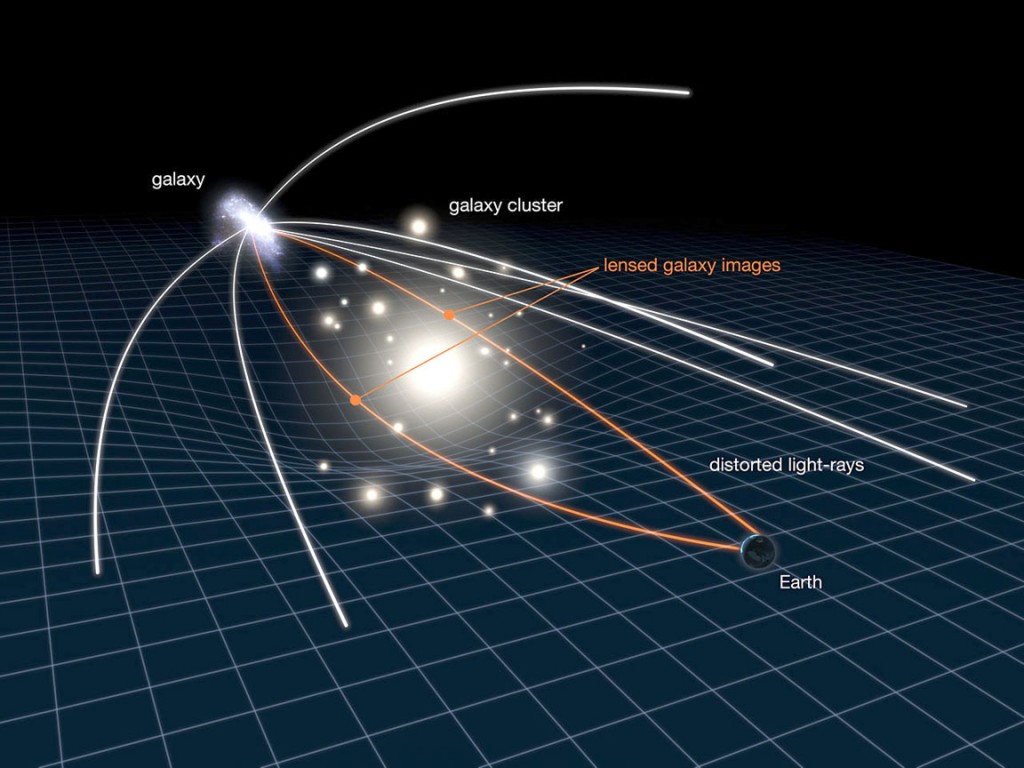900 319 0030
enquiry@shankarias.in
Gravitational lensing

CoP 18 of the CITES

CITES
Images from Chandrayaan-2

Source: PIB, The Indian Express